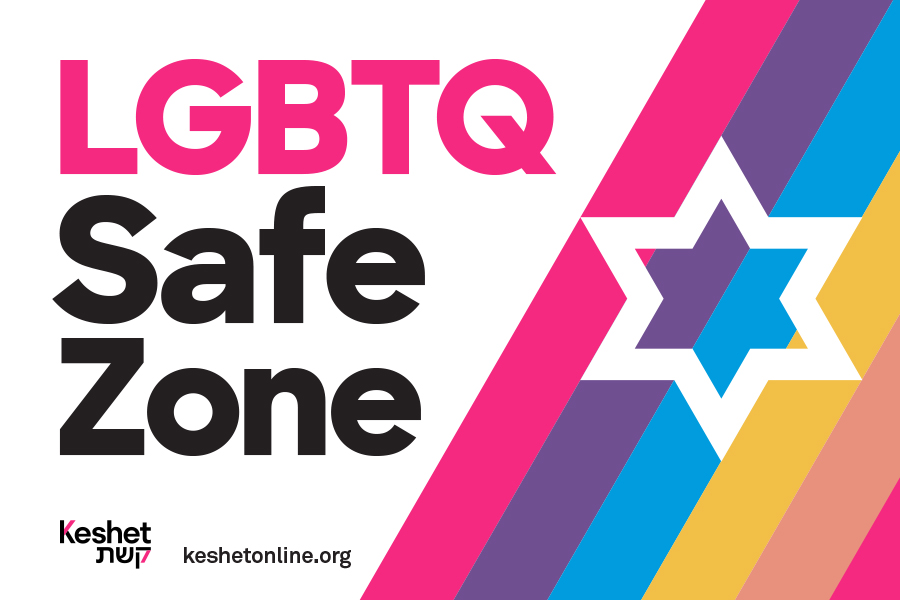Disability Torah
05/17/2024 03:11:29 PM
Shabbat Shalom. Today is Day 25 of the Omer, chamisha v’esrim yom, sh’heim shalosh shavuot v’arba’ah yamim laomer. The Kabbalistic realm for this day of the Omer is Netzah (persistence, eternity) within Netzach. This week’s Torah portion is Parashat Emor, which starts out with more laws regarding the priesthood, including the requirement that the priests have no physical disabilities. Rambam adds that not only should the priests have no physical disabilities but they should be hot too. Ok, not really. But he does say that the requirements of fancy priestly garments and the prohibition of disabled priests (which he expands also to priests of “abormal appearance” or Levites without a pleasing singing voice) are due to the fact that “the multitudes” do not judge a person on their character but on the basis of their looks, and a holy office must be elevated for the appreciation of even these superficial masses.
Just yesterday I listened to a Judaism Unbound episode about rabbis on the autism spectrum as part of their Disability Torah series. In the past few months, they’ve interviewed Julia Watts Belser, a rabbi and long-time disability activist; Lauren Tuchman, the first blind woman in the world to be ordained as a rabbi; Tzemah Yoreh, a rabbi and liturgist who has written about being a rabbi on the autism spectrum and the parent of an autistic child; and Jess Belasco, the founder and director of The Disability Justice Torah Circle. So although earlier in the week, I was thinking more generally about the priesthood, or maybe that I would write this d’var Torah about the blasphemer who gets stoned toward the end of the parasha, I felt moved today to write about disability. I knew I couldn’t be the first to want to speak on this, so I looked up “Parashat Emor and Disability Justice” and I found several really lovely divrei Torah.
Rabbi Chaim Steinmetz wrote about this in 2021 for the Jewish Journal, and talked about an adult B’nai Mitzvah he officiated in 2009 for a group of developmentally disabled adults. The date for the B’nai Mitzvah happened to fall on the Shabbat that Parashat Emor would be read, and he talks about the stark contrast between what the Torah seems to be saying (and what the classical commentators mostly affirm from the Torah), and what he was seeing in his congregation that morning, as people who had been previously hidden away from synagogue life were given the opportunity to fully participate with pride and joy.
Rabbi Deena Cowans not only has a beautiful d’var Torah where she cites several contemporary disability activists and rabbis with disabilities, she opens with the most spiritual content warning I’ve ever seen: “The Torah does not change, but we can, and in weeks where we feel that gulf between the words of our sacred text and the ways values we hold dear, it is natural to feel uncomfortable, angry, rejected, resentful, or just perplexed. So I want to give a warning that I’m going to dive into issues of disability justice and ableism, both in our parsha and in our modern world. If that’s going to be hard for you to hear, I want to bless your autonomy to leave the room.”
Rabbi Lauren Grabelle Herrmann calls the parasha “cringe-worthy” and references Pamela Schuller, a Jewish comedian and disability activist, who teaches that Aaron speaking for Moses is history’s first disability accommodation.
Rabbi Lauren Tuchman writes about how painful Parashat Emor can be to read as a Jewish leader with disabilities, and emphasizes the ways in which we as progressive Jews have not appropriately struggled with this text the same way we have with regard to inclusion for women and the LGBTQ community. She challenges us all to really look squarely on this parasha and on the ways our community may still be creating barriers for full inclusion for some disabilities.
Nick Dupree, a disability activist known for getting the Alabama legislature to change medicaid laws to continue providing care to disabled adults, wrote about how this parasha actually doesn’t bother him at all. He points out how priests with disabilities were not cast out of their priestly homes and families or stripped of their title. They are still considered "kohanim" and they still eat of the holy leftovers with the women and children of the priestly families who do not physically offer the sacrifices. While I still see a problematic infantilization of both disabled people and women in grouping them with minors as inherently unable to perform the priestly duties, Nick is certainly right to draw attention to how this may have been progressive for its time. He says that he sees Torah as presenting a Utopia where everyone is given according to their needs and everyone works according to their abilities.
At Ner Shalom, I know this is something we still wrestle with. We want our Gan Teva early childhood education and our Religious School on Sundays to be accessible to all learners. We want our bathrooms to feel safe for all bodies. We want our beautiful outdoor space to be traversable for all mobility types. We want our prayer services to be intelligible to all hearing abilities. But I don’t necessarily know how to accomplish all these things, and the budget doesn’t necessarily have the money to pay for the renovations and replacements that would best address these things. We have been calling upon you this year to hopefully change these things as a part of our whole reJEWvenation plans at the congregation.
This Shabbat, let us honor the double endurance of this omer night, and push through any lingering fear, discomfort, and barriers that keep us from being fully inclusive to the disability community. May we soon find the resources we need, may we better express the love and inclusivity we feel, and may we be a kehillah kedosha - a holy community - for all who seek one.


